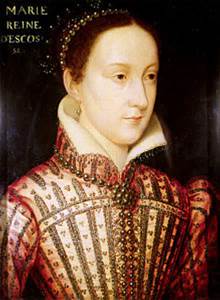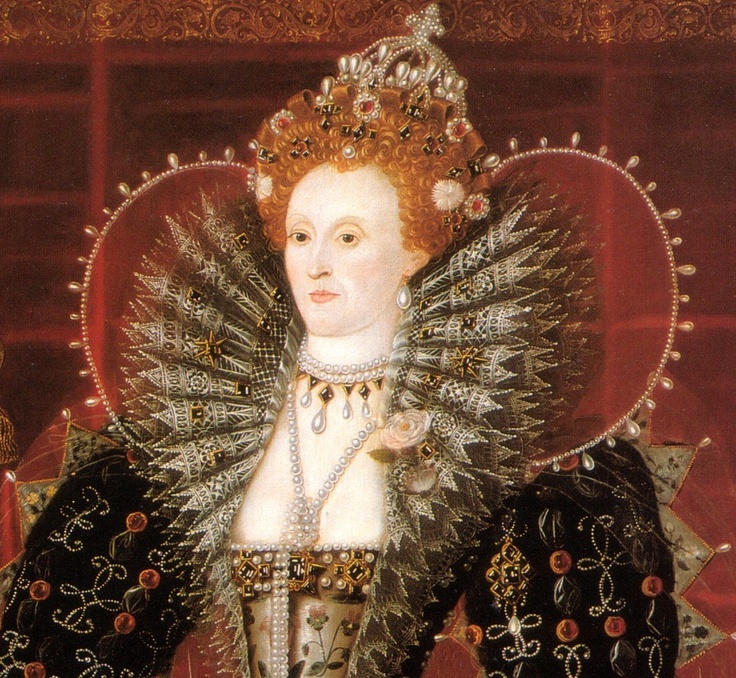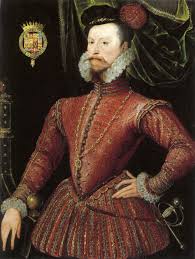James Melville: Life Story
Chapter 5 : Back to France
Melville’s next embassy was back to France. Catherine de Medici was considering the Elector’s daughter as a wife for Charles IX and Melville was despatched to take her picture and describe her charms to the French court. He arrived at a court riven with faction. The Constable was back in his old place, but he and Catherine de Medici were not on good terms, and nor was she on particularly good terms with Admiral Coligny, leader of the Huguenot faction and the Constable’s brother-in-law.

Melville was reprimanded for revealing his commission from the Elector to the Constable before informing Catherine and King Charles of the details, but was forgiven, and offered a place in the King’s Privy Chamber.
Whilst he was contemplating accepting the job, news came of a plot on Coligny’s life – discovered by the Huguenot Duchess Renee of Ferrara (daughter of Louis XII of France and thus great-aunt to Charles IX, as well as mother to the now-widowed Duchess of Guise). The would-be assassin was himself found dead, and suspicion fell on the Constable and Coligny. At this point, Melville was relieved to receive a summons to return to Scotland to undertake commissions for Queen Mary.
He returned to the Elector before setting out for Scotland in 1564, and agreed to carry pictures of the young Prince Casimir to England. Casimir was still hoping Elizabeth would marry him, and Melville was still certain that she would not. Nevertheless, he was prepared to visit Elizabeth on Casimir’s behalf, provided he was furnished with pictures of the whole family, not just Casimir, so that he could introduce the matter in a roundabout way.
As well as offering a husband she didn’t want, Melville was also obliged to tell Elizabeth that the Protestant Electors, having agreed with Maximilian that he would declare himself a Protestant on the death of Ferdinand, had promised not to ally with any other monarchs. Should Maximilian go back on his word, they would be delighted to ally with Queen Elizabeth.

Elizabeth promised Melville that she wouldn’t breathe a word of this to her Council, and they discussed the virtues of the Elector – this gave Melville the opportunity to show Elizabeth the picture of Casimir. She kept it overnight, but said that Lord Robert Dudley (the man half Europe believed she planned to marry) should be the judge of Casimir’s suitability. Melville was confirmed in his opinion that Elizabeth would not marry Casimir, which he repeated by letter to the Elector.
Whilst he was at the English Court, Elizabeth talked much of her friendship for Queen Mary, and her desire to be treated as an older sister by the younger queen, saying that she would write on the topic to Melville with her own hand when he had returned to Scotland. In the meantime, Mary had written to Elizabeth, asking her opinion on a match between Mary and Archduke Charles.
Elizabeth, rather than writing to Melville, sent her thoughts on Mary’s marriage by her own ambassador, Sir Thomas Randolph. She was quite clear that she would feel that the amity between the two queens would be undermined if Mary married Charles. Instead, she suggested that Mary should marry one of Elizabeth’s own nobles. To make certain that the match with Charles would not take place, Elizabeth dispatched the Earl of Sussex to the Emperor’s court (Maximilian was now Emperor) to hint that she herself might still be available – a far superior choice, as England was a good deal more prosperous than Scotland.
Elizabeth then made a proposition of another possible husband for Queen Mary who would please Elizabeth, and encourage her to nominate Mary as her successor. Her candidate was none other than Lord Robert Dudley, the mysterious death of whose first wife, Amy Robsart, had led Queen Mary to comment a couple of years before that
‘The Queen of England [was] going to marry her horsemaster, who [had] murdered his wife to make room for her.’

Mary was angry and insulted – first, that Elizabeth was undermining her possible marriage to the Archduke, and, second, that she should think her own cast-off suitable for Mary.
Further distrust entered into the relationship when Matthew Stuart, Earl of Lennox, a Scot who had been exiled for many years in England, was given leave to return home, much to the disquiet of the Lennox’ hereditary enemies, the Hamiltons. Elizabeth advised Mary to beware of situations where rivalry between the factions could arise, but Mary, convinced that everything Elizabeth said had some ulterior, and damaging, motive, was chary of trusting her and wrote a letter that Elizabeth claimed to find offensive. It is easy to imagine the occasionally impetuous Mary dashing off a letter in the heat of her annoyance, and it appearing rude and ungrateful to Elizabeth, who rather fancied herself in the role of mentor to the younger woman.
Up until this point, Mary and Elizabeth had been corresponding in their own hands, with some regularity, but this now ceased, and there were no messages for a couple of months, until Mary decided to send Melville back to England to try to patch matters up, at least to outward appearance.






